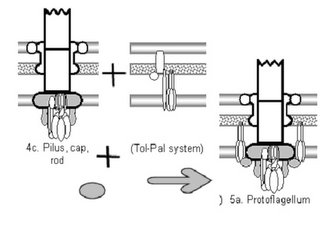
In connection with tonight’s Horizon program on BBC2 examining intelligent design the BBC conducted what is probably the first poll on British attitudes to biological origins.
The results are shown here and are very surprising indeed. There was two parts to the poll with some analysis of the answers by age.
In the first part 2000 people were asked about their personal views on biological origins.
22% indicated their belief in “creationism”
a further 17% indicated their belief in “intelligent design”
with 48% indicating their belief in “evolution.”
The remaining 13% indicated that they “did not know.”
In the second part of the survey respondents were asked about what they thought should be taught about biological origins in science lessons.
In each case respondents were asked whether they thought each subject should be taught in science lessons.
44% said creationism should be included 41% intelligent design 69% wanted evolution as part of the science curriculum.
These are really quite surprising results as presumably the 31% who responded negatively to the teaching of evolution thought that NO evolution should be taught in science lessons!
With thanks to Wires from the Bunker



 As I understand it....
As I understand it....




